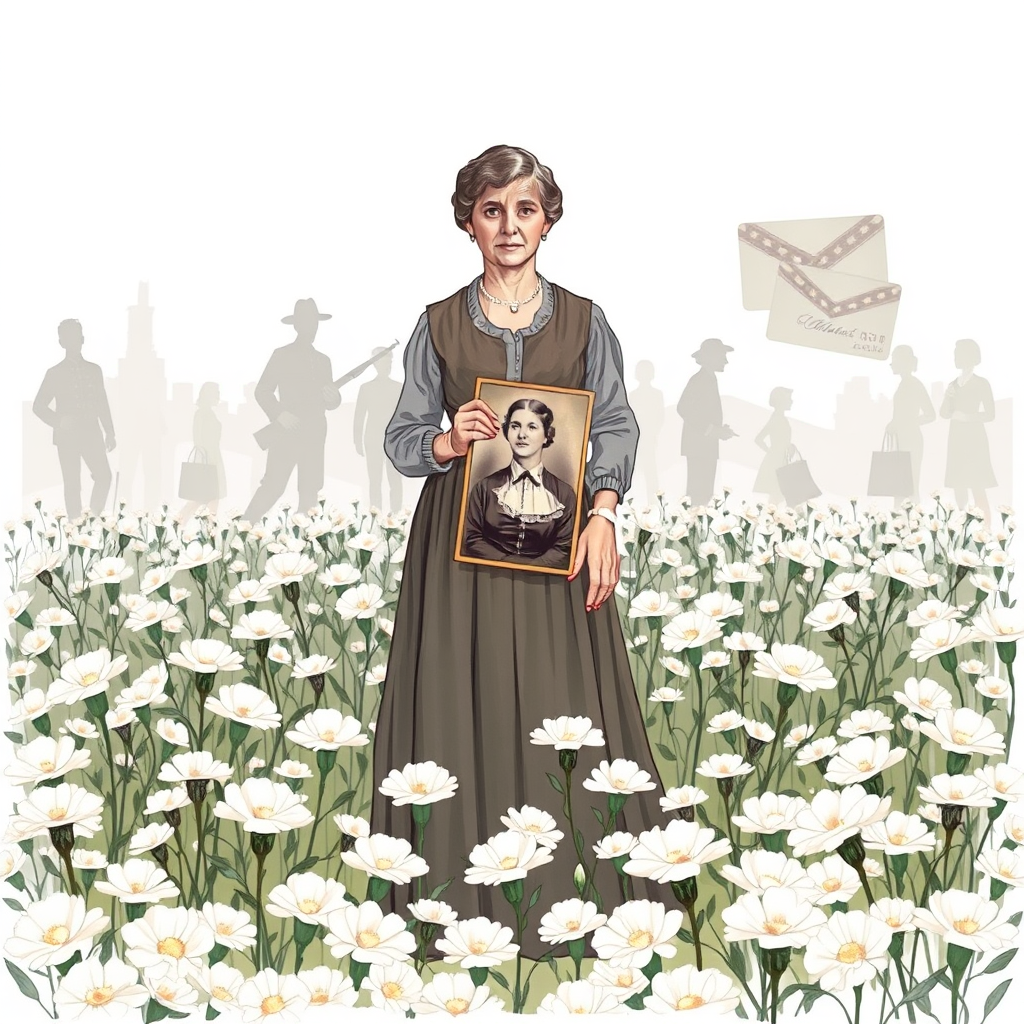Mother’s Day: Surprising History & Facts Revealed

Mother’s Day, observed on May 11th in the U.S., is a deeply ingrained tradition of honoring mothers and maternal figures. But the holiday’s history is surprisingly complex, a blend of heartfelt intention and eventual commercialization, and even protest from its own founder.
The story begins in the early 20th century with Anna Jarvis, a West Virginia copywriter driven by a desire to commemorate her mother, Ann Reeves Jarvis, a peace activist who organized Mother’s Work Clubs to aid soldiers during the Civil War. Ann Jarvis sought to reconcile mothers on both sides of the conflict, a mission that deeply influenced her daughter.
In 1908, Anna Jarvis orchestrated the first official Mother’s Day celebrations in Grafton, West Virginia, and Philadelphia, Pennsylvania, marking the anniversary of her mother’s death. She distributed 500 white carnations, a tradition that quickly took root. Jarvis then launched a tireless campaign, writing letters to politicians and newspapers, advocating for a national holiday.
Her efforts paid off in 1914 when Congress officially designated the second Sunday in May as Mother’s Day. President Woodrow Wilson proclaimed it a holiday, also acknowledging mothers who had lost sons in war. The initial celebrations were simple, focused on expressing gratitude and remembrance.
However, Jarvis soon became dismayed by the rapid commercialization of the holiday. She lamented the focus on extravagant gifts and mass-produced cards, believing it detracted from the original intent of honoring maternal bonds through personal expression. She vehemently protested against florists, card companies, and even First Lady Eleanor Roosevelt for using the holiday to raise funds for charity. Her opposition escalated to the point of arrest during a Philadelphia convention of the American War Mothers.
Today, Mother’s Day remains a significant economic driver. The National Retail Federation anticipates consumers will spend a staggering $33.5 billion in 2025, with the 35-44 age group leading the charge at an average of $345.75 per person. Flowers and greeting cards remain the most popular gifts, and online shopping dominates. Interestingly, Verizon data reveals a 5.6% increase in phone usage on Mother’s Day compared to Father’s Day, with consumers spending an additional 137.5 million minutes on calls.
It’s a fascinating paradox: a holiday born from a desire for heartfelt remembrance has become a major commercial event. While the spirit of honoring mothers is undoubtedly present, the story of Anna Jarvis serves as a poignant reminder of how easily good intentions can be overshadowed by consumerism. Perhaps, this Mother’s Day, alongside the gifts and flowers, a moment of quiet reflection on the holiday’s origins and a genuine expression of gratitude would be the most fitting tribute of all.